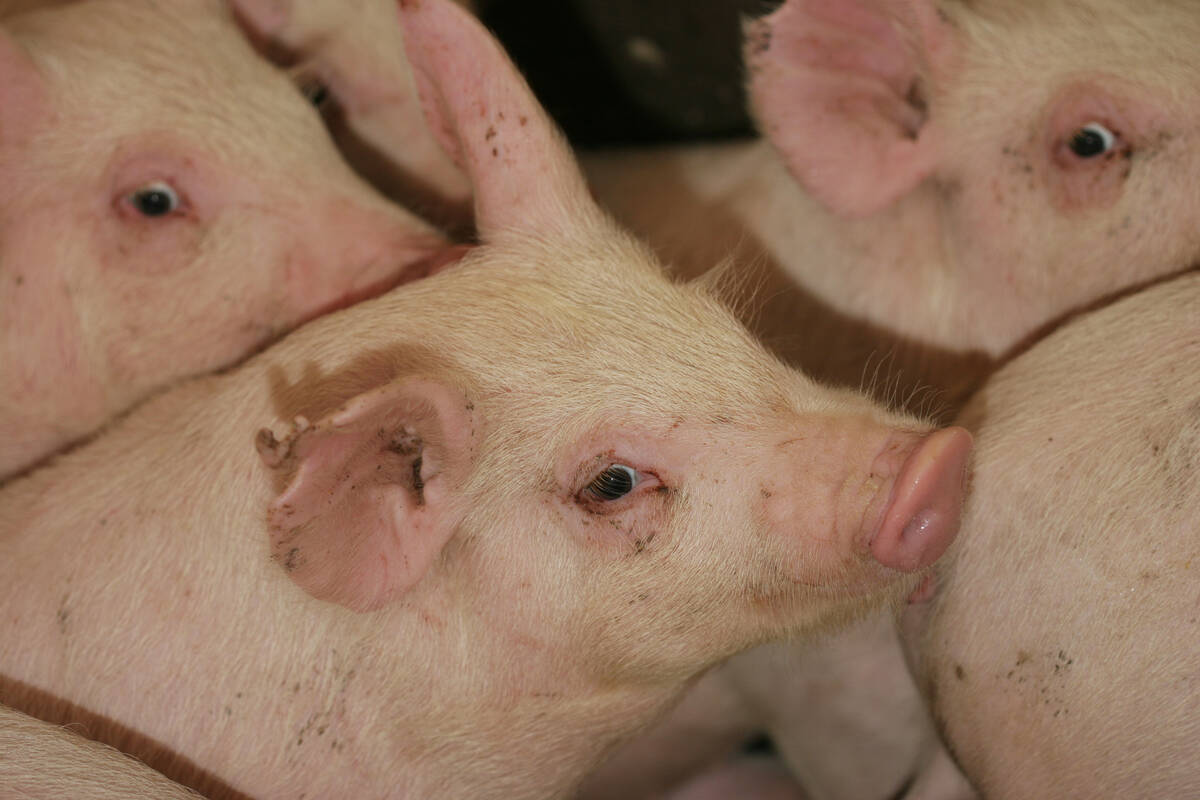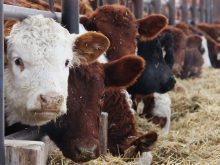Animal Health Canada has released a new strategic plan to guide it through to 2025.
Known as the National Farmed Animal Health and Welfare Council until last January, AHC implemented a review of its plan and governance as part of the transition.
In late September, the organization announced the plan had been updated as the first phase of that work.
More than 300 national stakeholder organizations participated in a survey, followed by planning sessions and consultations on the draft plan with governmental partners, which led to the plan released Sept. 28.
Read Also

The Western Producer Livestock Report – September 25, 2025
The U.S. national live price average for barrows and gilts was $81.21 Sept. 17. It was $78.37 Sept. 9. U.S. hogs averaged $106.71 on a carcass basis Sept. 17, up from $106.10 Sept. 9.
The board of directors has endorsed it and will incorporate it along with a new governance structure and financial model that are currently in development.
Interim executive director Colleen McElwain said the plan will be used to advance animal health and welfare through collaboration.
The not-for-profit organization was originally formed in 2010 as an advisory body. It is funded by governments and stakeholders and is building an animal health strategy for the country, starting with emergency management. It has an ongoing African swine fever project.
The strategic plan includes four pillars: emergency management, preparedness and response; animal welfare; disease surveillance; and development of a resilient governance and operational model.
The plan sets out priorities within these pillars and activities to meet the goals. For example, the codes of practice for farmed animals are to be renewed and revised.
Throughout, the AHC focuses on the intersection of animals, people and the environment, and the theme of One Health and One Welfare.
“AHC’s strategic plan will increase planning and co-ordination to achieve the goals desired by our members. The collaborative efforts to create this plan are proof of the trust animal agriculture stakeholders are placing in our organization,” said co-chair René Roy.
















